Jealousy is a tricky emotion to have. It can be perilous if you do not know how to use it.
By definition, “jealous” is a feeling or showing envy of someone or achievements. I have moments of jealousy that I am not proud of; however, I am choosing to lean into it more after learning to think differently about this envious response.
What makes you jealous? Take a minute; be honest with yourself. While you continue reading, lean into this new habit, too.
In Mel Robbins’ book, “The High 5 Habit,” she talks about how jealousy indicates something we want. When jealousy rears its ugly head, it is trying to tell us something. We need to think differently about our response; instead, turn toward jealousy and use it as a navigation tool. Jealousy is a blocked desire, blocked by fear. Flip jealousy into inspiration, and the block will magically disappear.
Early in the COVID-19 pandemic, I was quickly aware that my social media scrolling increased, as well as my jealous tendencies. The posts that irritated me the most were those friends achieving fitness goals and losing weight. The thoughts that I had that created the jealous emotion were, “I wish I had that.” Then came my harmful actions of complaining and doing nothing about my wish. I got the same results, too — nothing.
Finally, one day, I asked myself, “Why not me?” Why can’t I reach a big fitness goal? Why can’t I lose some of these COVID-19 pounds? Why can’t I have similar success?”
My thought was, “I wish I had that,” but with a twist of inspiration. “How can I have this?” became my driving question. I found an app on my phone that I attempt to dust off every spring — “Couch to 5K.” But in 2020, I approached this app differently. I created two rules for myself.
I cannot look ahead at the daily workout. I will follow the app as it talks to me during my run.
I remember the first time the app told me to run for 20 straight minutes after my five-minute warm-up. I audibly said, “What?” thinking that by questioning the app’s voice, she would change her mind and go easy on me. She did not respond to my question, so I followed her direction. If I had looked ahead at this workout before leaving my house, I would have chosen a more effortless exercise for the day, as I have in past years. This previous habit did not help me get the results I wanted. It was time to get tougher on myself.
I will reward myself while working out. I enjoy listening to various podcasts; however, I can only listen to my favorite podcasts during my run. This incentive gave me something to look forward to.
I ran a 5K within three months, but the app’s program was not complete. Without realizing it, I continued with the daily programs, and within six months, I ran a 10K. I have never had any intention to run a 10K. It sure felt good to accomplish such a daunting goal. Now, almost two years later, I am a runner. Even in the depth of Iowa’s cold winter months, I have maintained running three days per week. It is my habit.
What happened here? I was not intentionally trying to combat my jealous thoughts. However, I was fed up with feeling miserable.
Scientists have proven the thought cycle in our brain. In any circumstance in life, our thoughts create our emotions, emotions create our actions, actions create our results, results create more thoughts. When I changed my thought from “I wish I had that” to “How can I have this?” jealousy existed; however, it took on a curious approach instead of a victim attitude.
My action changed from complaining to problem-solving. I found myself reaching out and connecting with my healthy friends to find their fitness secrets. I went shopping for new workout clothes and created a running routine. As soon as I took constructive action, the jealousy disappeared. I felt energized.
Who are you jealous of? What does this person have that you want? What negative thought has kept you from allowing yourself to pursue this same goal?
Others who have accomplished something that we want are lighting our path. Lean into your jealousy as a challenge to conquer. Turn this negative emotion into a positive experience. And be sure to thank your friends for equipping you with this challenge.
Thank you, Mel Robbins, for encouraging me to think differently. Thank you to all of my fit friends who post their progress on social media. Thank you for challenging me and inspiring me to pivot my thoughts and actions toward a productive new habit.
Kathie Rotz is a leadership consultant and John Maxwell certified speaker, trainer and coach with Unity Consulting in Dubuque.

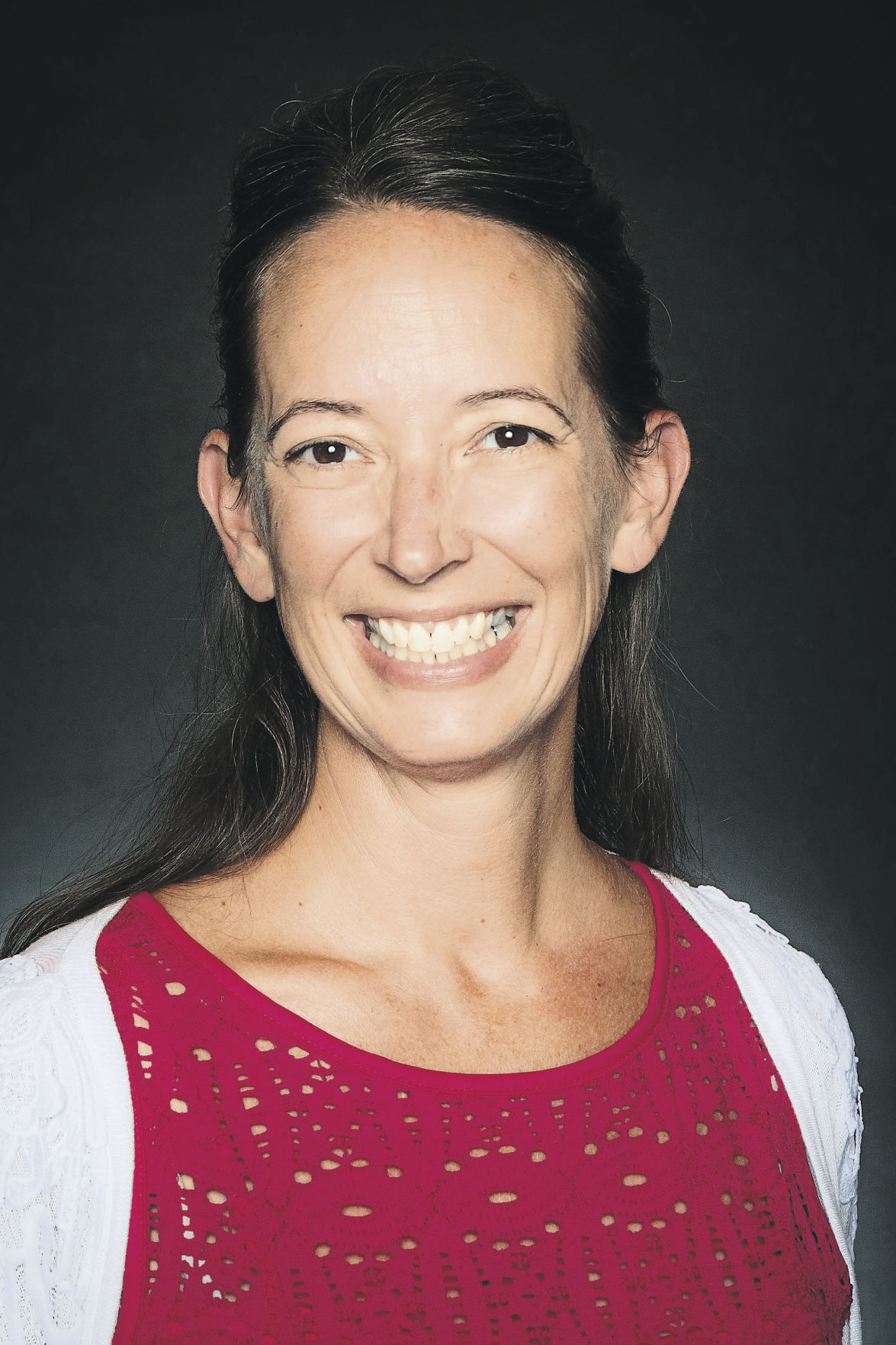
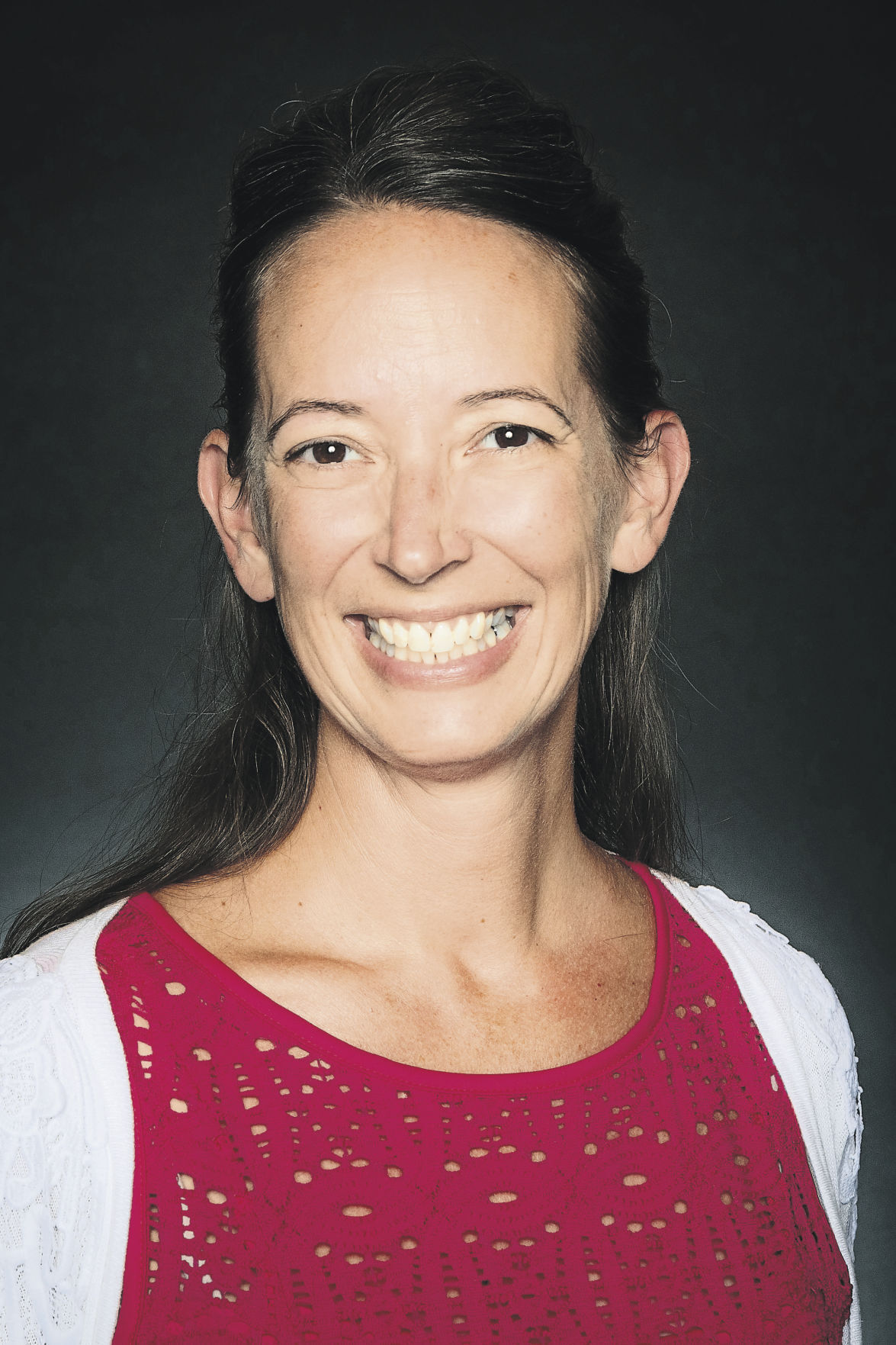
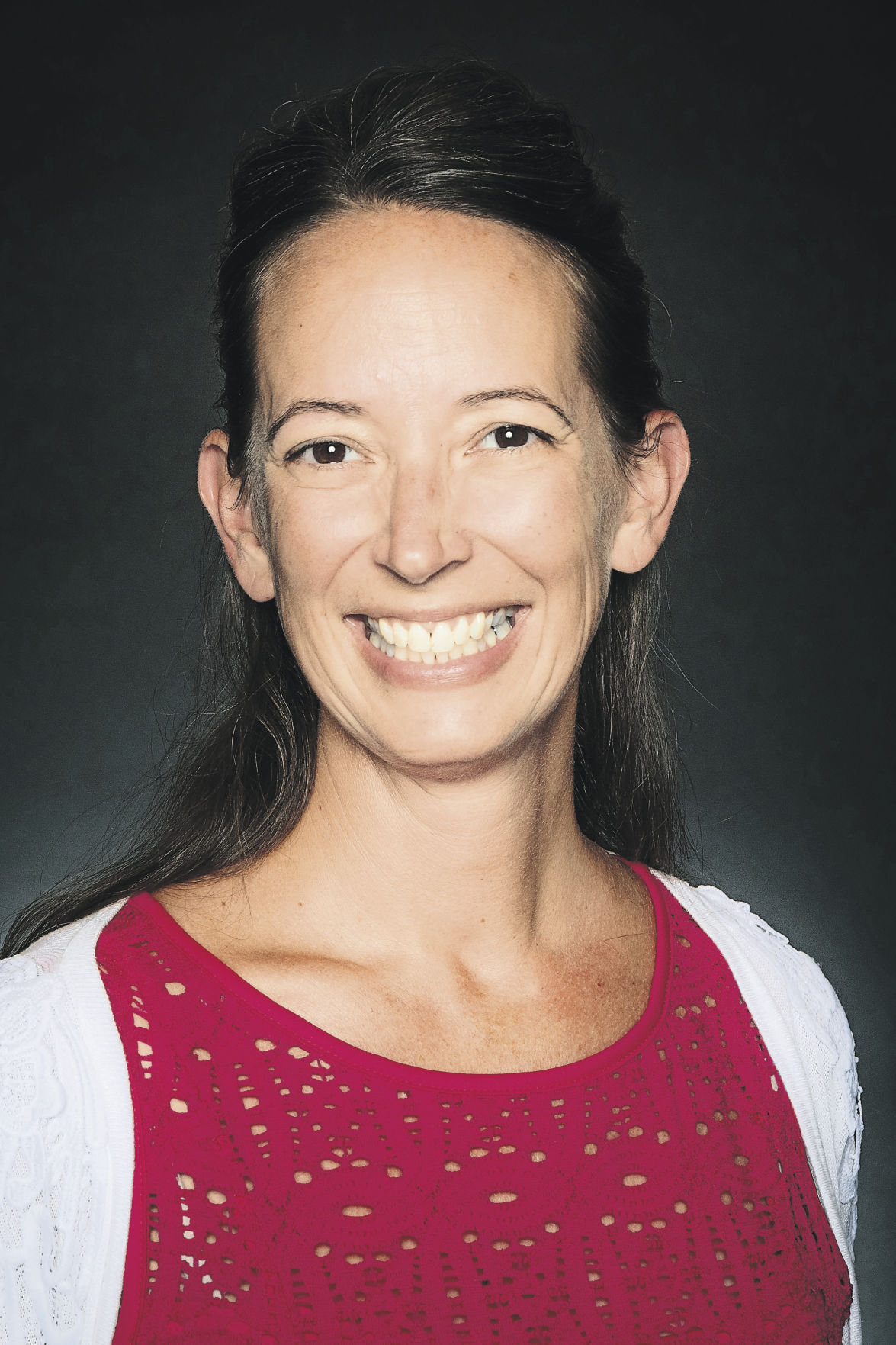
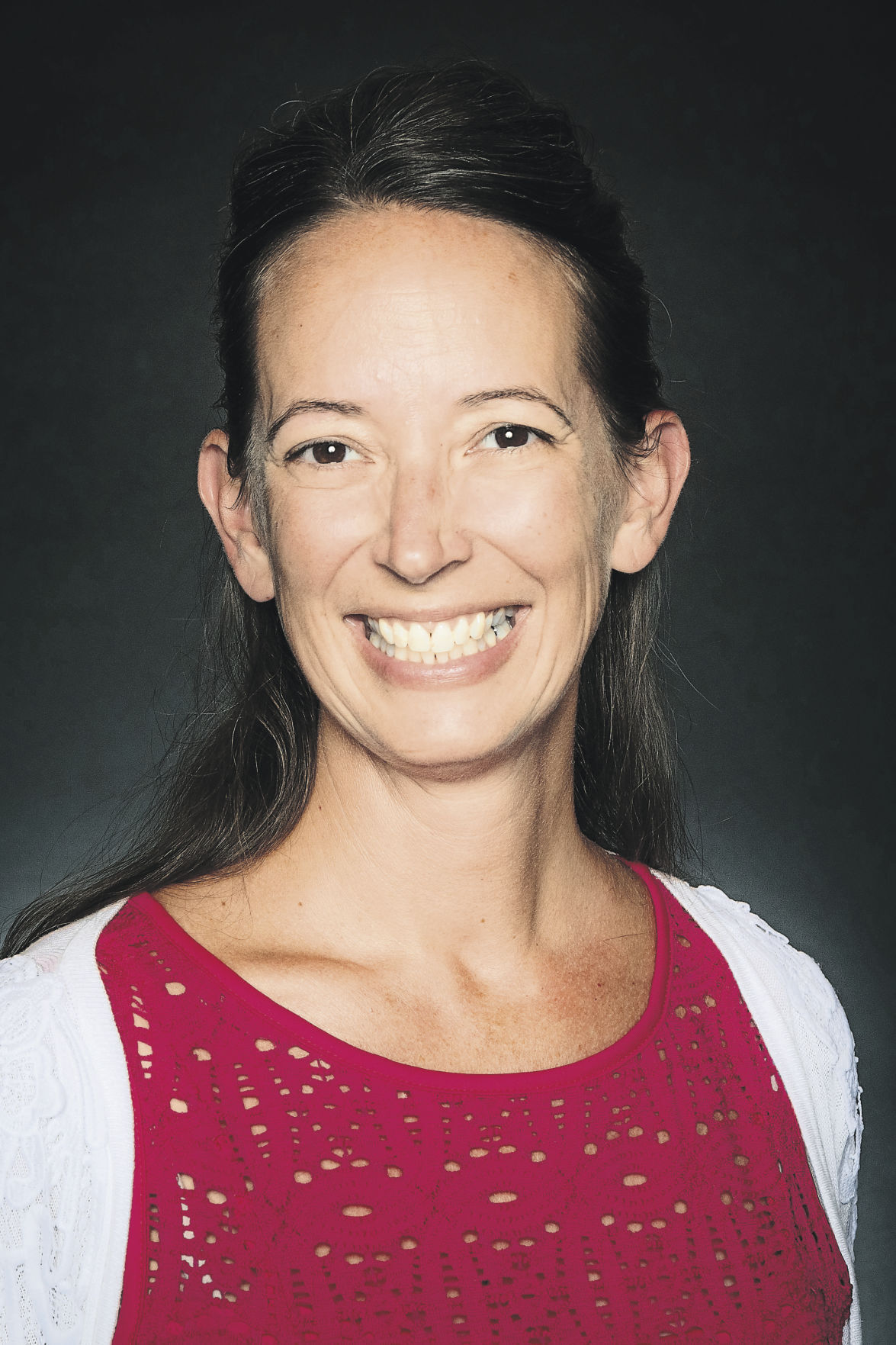
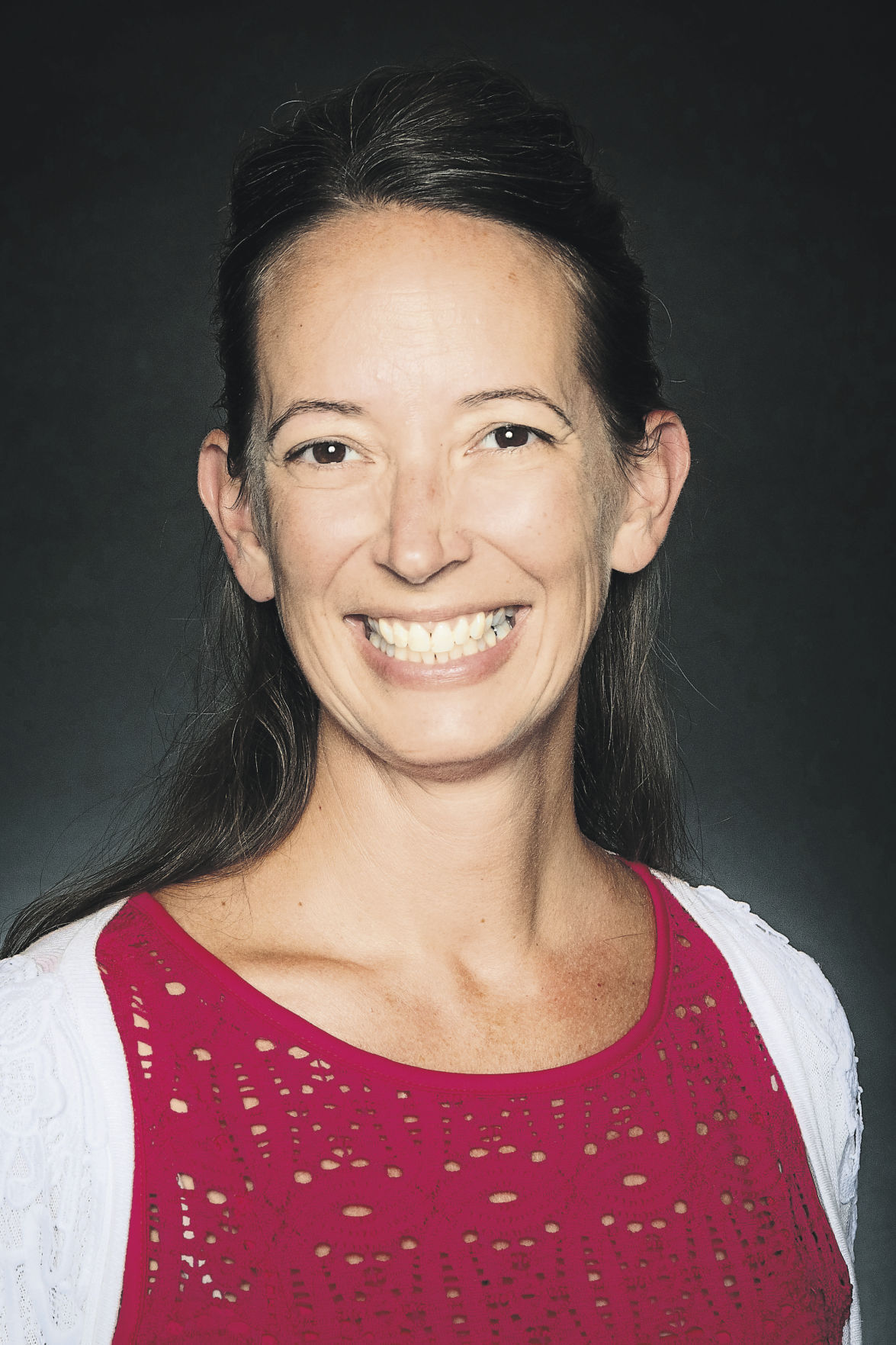
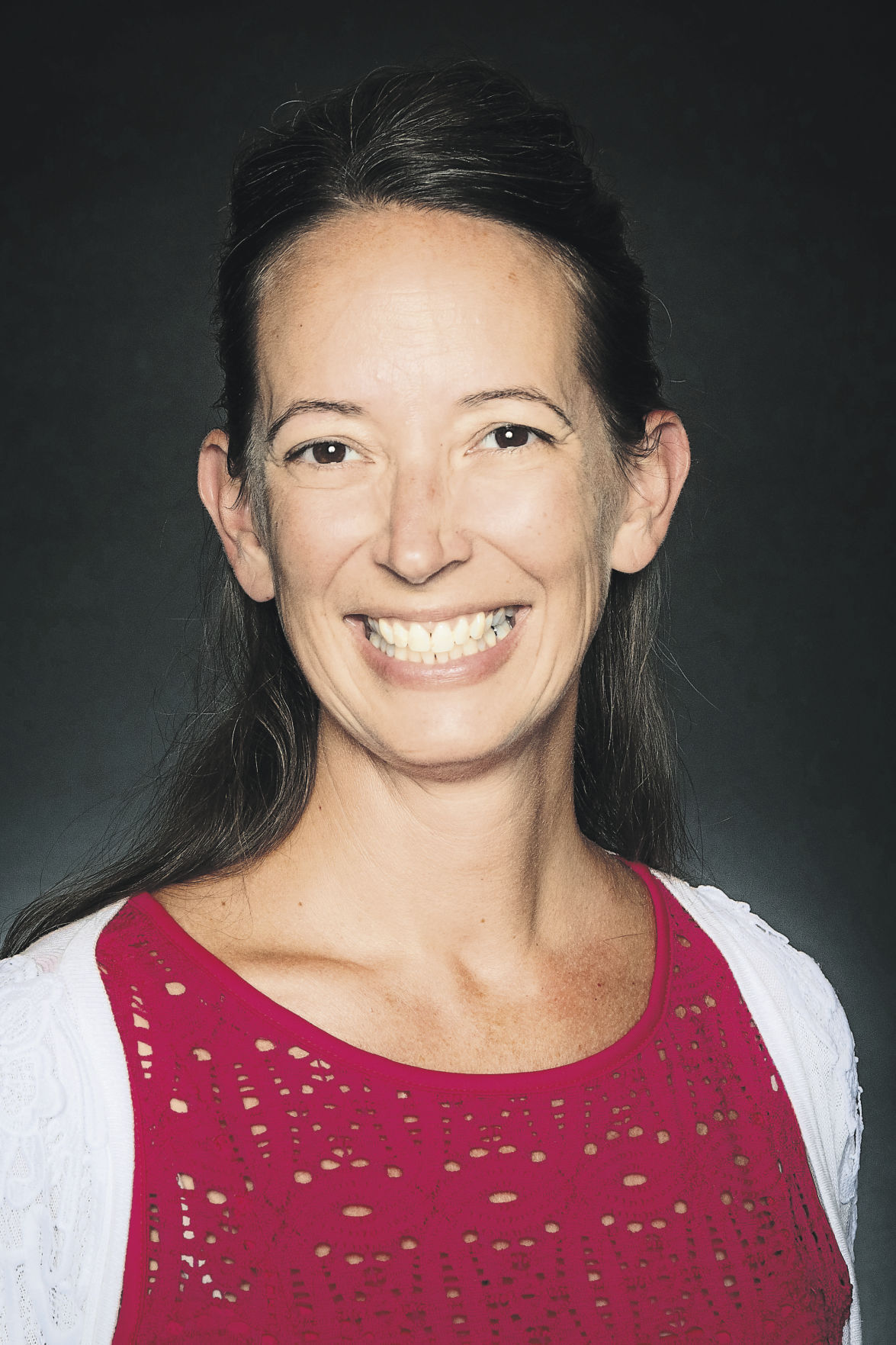
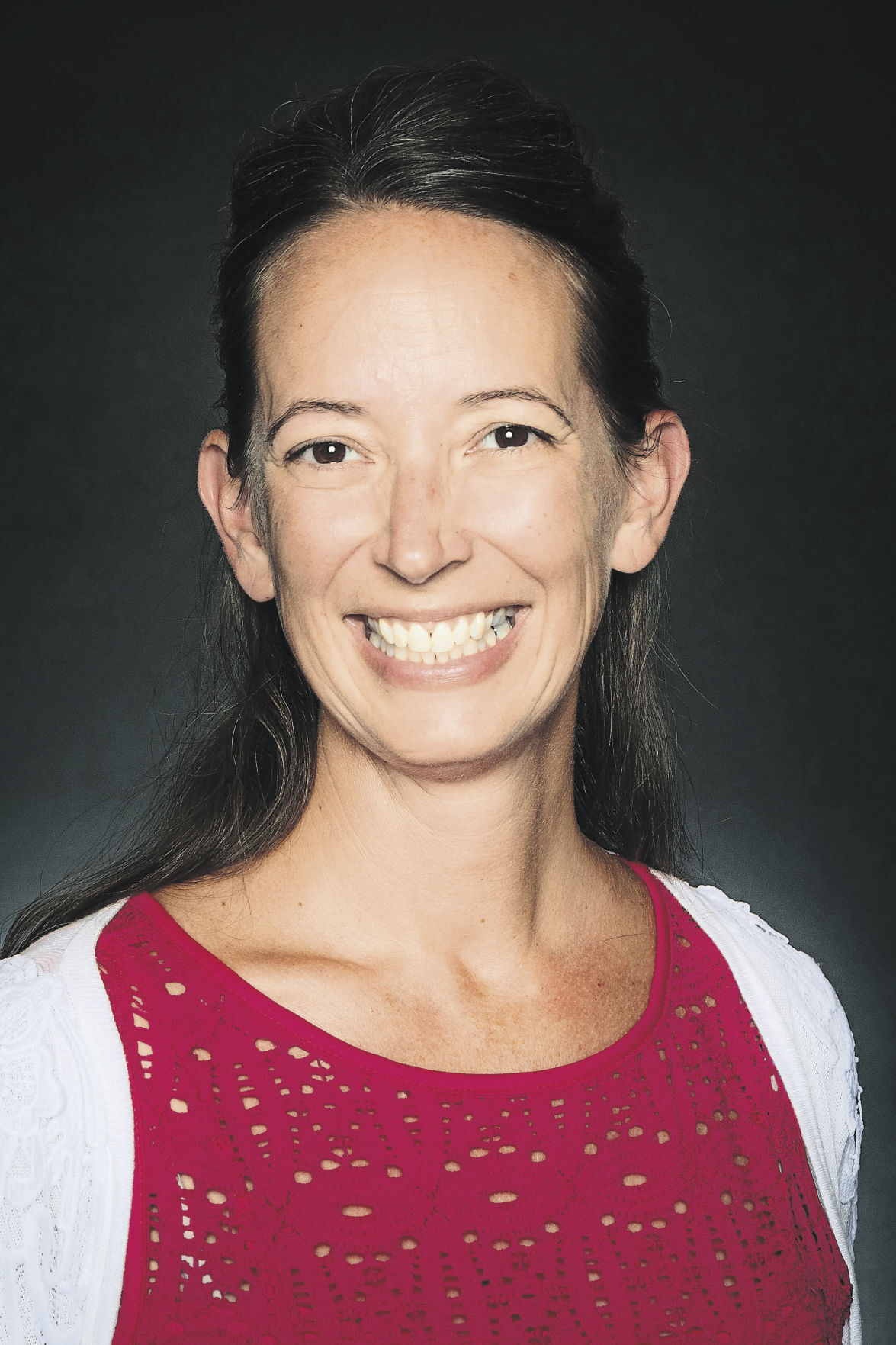
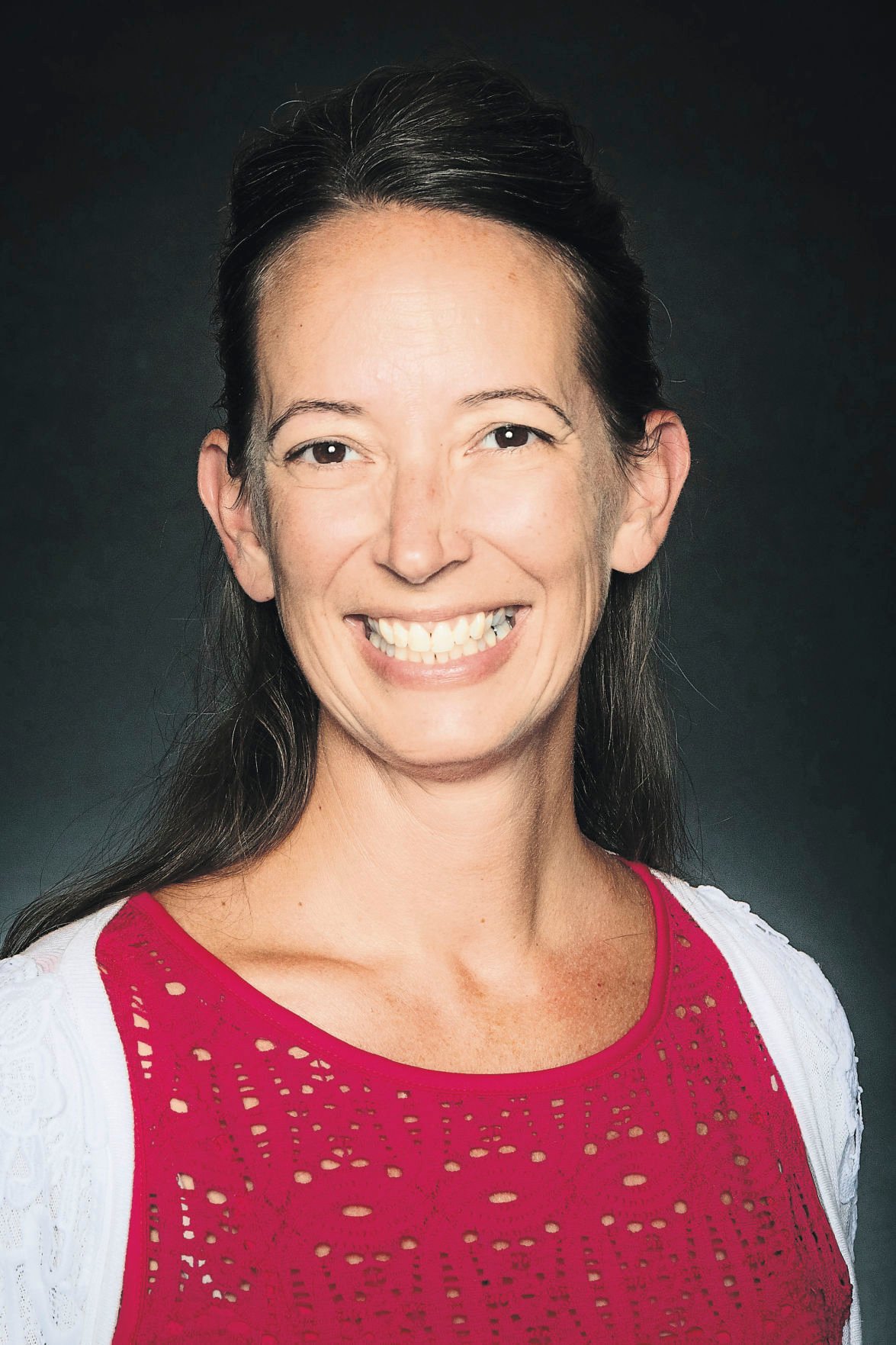
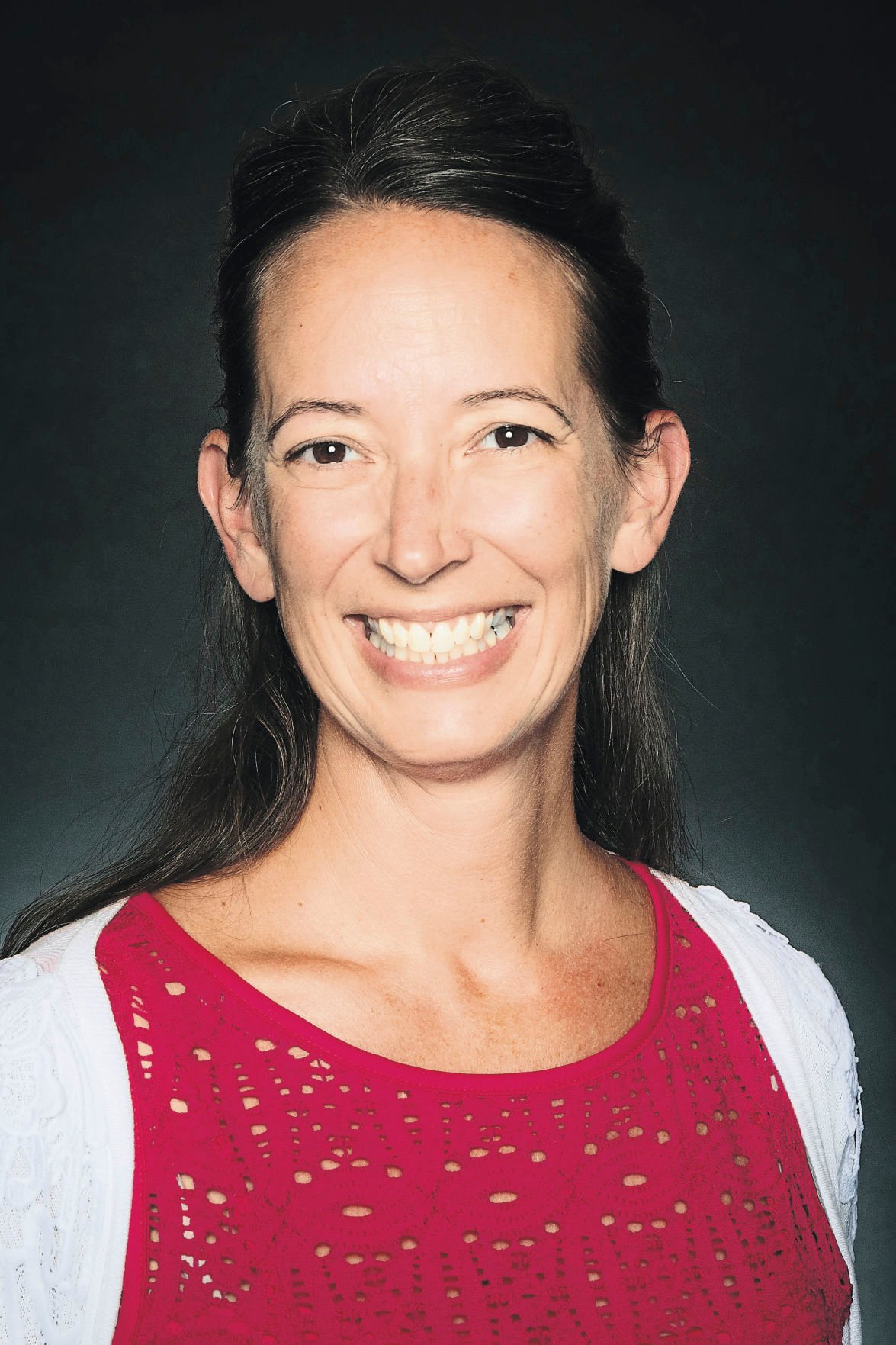
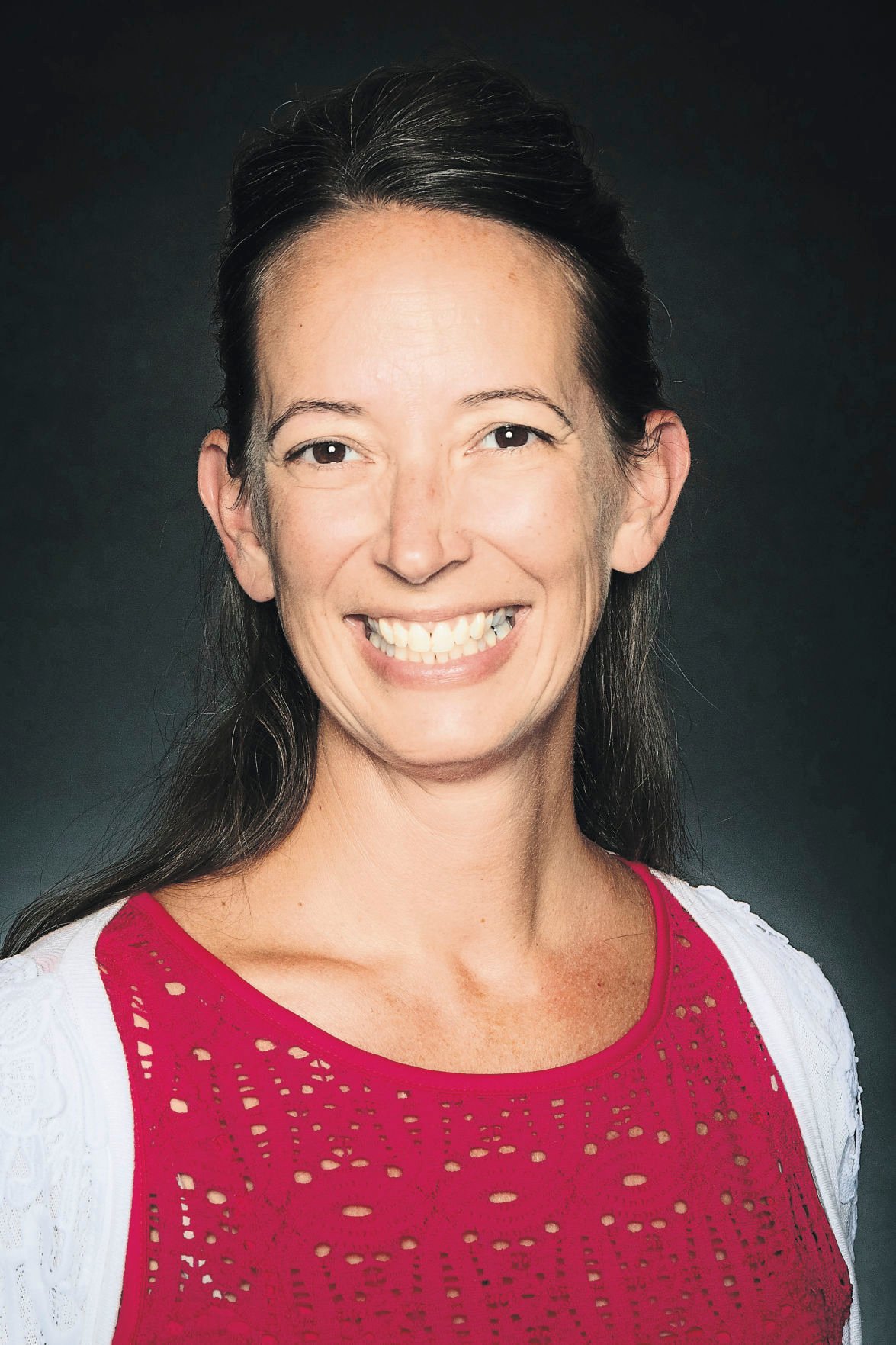
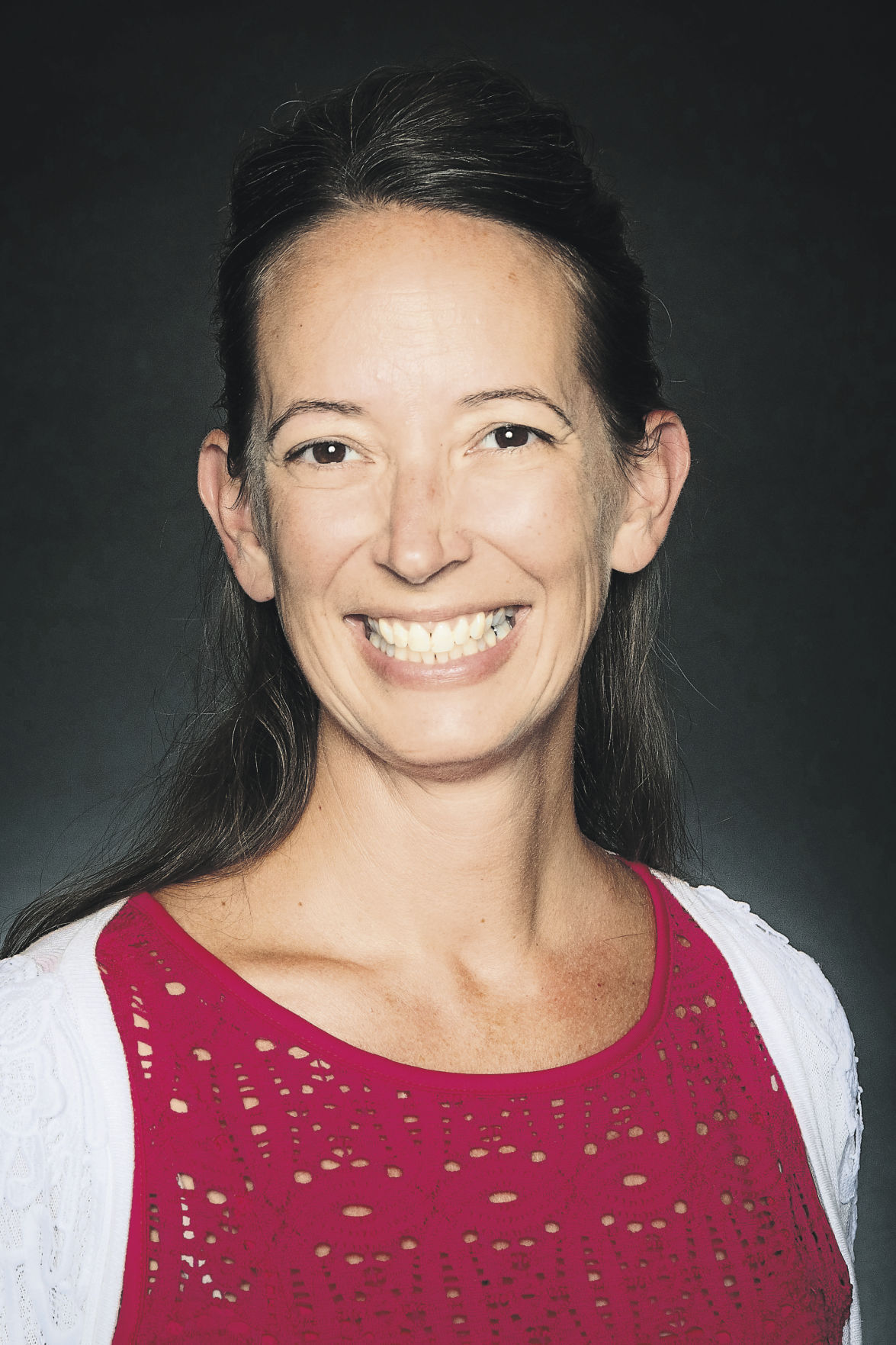











[…] You can also view this article online: https://www.herdbq.com/business/leadership-turn-jealousy-into-opportunity/ […]